To be successful, organizations must be able to skillfully balance the financial structure of their business and do so with continuous attention to the many levers that impact performance. As Northridge CSO, Marriann Cole states in her recent blog, “Success relies on organizations creating the right cost structure to reflect changes in the marketplace and evolving business priorities.” From a CFO’s perspective, I’d like to take another look into the concept of cost transformation and describe some of its benefits and challenges.
Understand Business Processes
The linkage between operational volumes and costs is the cornerstone for understanding your business processes. There could be multiple business processes and workflows kicked-off by single volume drivers, and as the organization grows, it can grow quite complex to calculate cost by activity. The cost drivers for your organization exist throughout all of the workflows that occur to complete a sellable “widget”, and those volumes are the root drivers of costs.
A single order might kick off a number of processes such as inventory, billing, customer care, etc. Each one of these departments has cost and drivers within it. There are highly visible front-end volumes, but businesses must understand how they drive all those difficult to see back-end processes and associated volumes. By monitoring and understanding those volumes, you can understand and manage your costs. It’s at this point that a third-party can be helpful to map out the input and output processes; identifying the truly valuable volumes, without getting caught up in the organizational complexities. It’s a fresh set of eyes that help to delineate the volumes that drive workflows and costs.
Granularity of Control
Once you understand your cost drivers and business flows, you need to consider how much control you have – granularity of control. Management needs to monitor the relationship between cost drivers and workflows at a rate consistent with the granularity in which it occurs. For example, if you have a major cost driver that occurs every day, or one that occurs every six months, you need to examine the volume and the underlying drivers at a commensurate rate. For instance, in a contact center, you can redeploy resources daily, or even hourly, and you need to fully understand the driver of work for those resources and deploy them to meet that demand.
This constant assessment requires a dashboard that gives management complete visibility into the operational drivers that directly impact costs. In addition, you need metrics that help guide the decisions to incur cost. It is essential to prioritize these metrics so management isn’t spending excessive time pouring over the data for things that don’t have a great impact on the bottom line, and a well-constructed dashboard can facilitate that.
Don’t Allow Cost Cutting to Be a Red Herring
Managing costs can be a bit of a red herring in the sense that you may have a goal of better cost management, but you get down the wrong strategic path. Organizations want to manage the net income and the mix of cost and revenue. If you focus too much on cost cutting, you can miss out on the growth you need to achieve the bottom line. You need to grow, not cut, your way to success.
If you focus too much on cost cutting, you can miss out on the growth you need to achieve the bottom line.
A common approach to attacking a cost problem is to mandate an across-the-board cut, say 10% – and spread the cut evenly. The problem with this methodology is that you can occasionally cut muscle with the proverbial fat. Understanding the operational cost drivers can reveal where you can cut more in one area and perhaps less in others. Using this strategy, you can better understand the interaction between business strategy, operational drivers and the cost that results from those operations.
As CFO, you have the opportunity to free up resources through deeper understanding and control of cost. As a leader of the organization, you must carefully apply your resources and provide for reinvestment and future growth. The best path to understanding the balance between cost and growth is to identify sustainable cost transformation alternatives.




